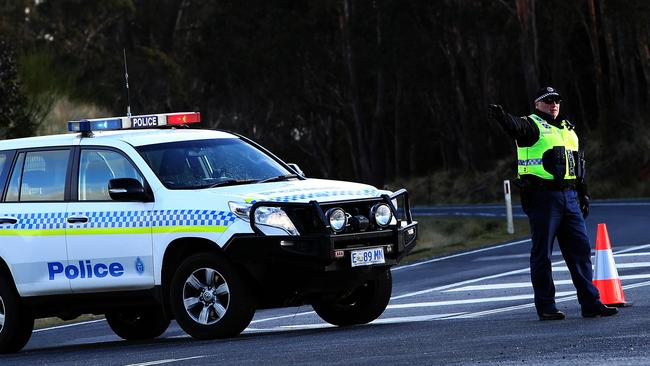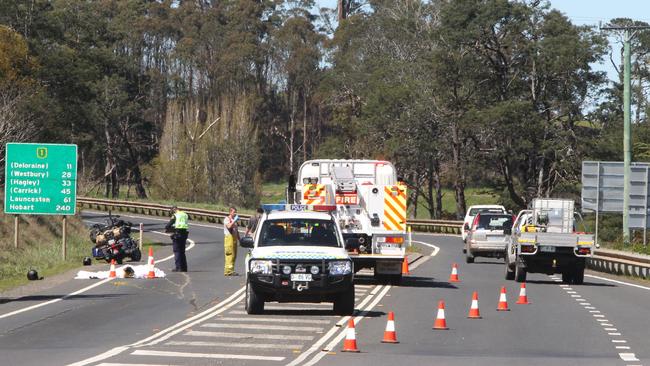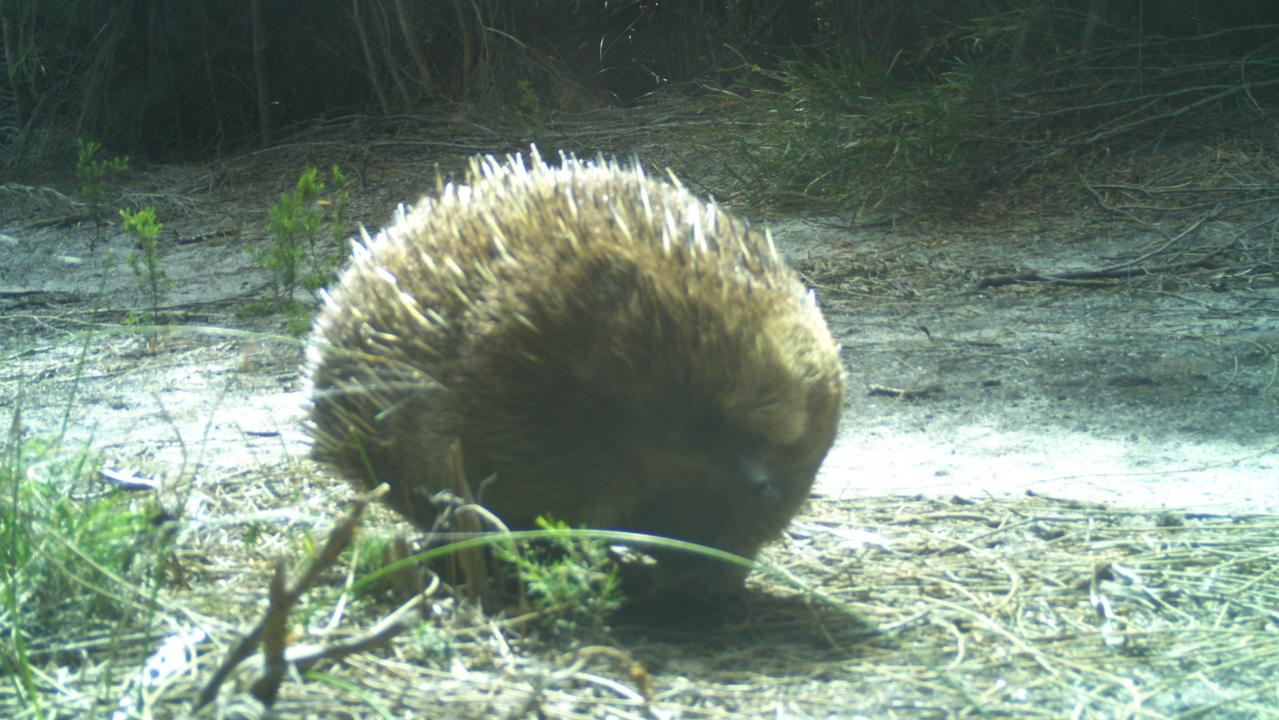Better road crash trauma data may help to cut toll, says AAA chief executive Michael Bradley
TASMANIA’S peak motoring body is backing a national call for more targeted safety measures to be introduced to reduce road fatalities.

TASMANIA’S peak motoring body is backing a national call for more targeted safety measures to be introduced to reduce road fatalities.
The RACT call comes in the wake of Australian Automobile Association statistics which show Tasmania’s road crash data is trending up and the state is not meeting National Road Safety Strategy targets.
RACT CEO Harvey Lennon said while motorists needed to be responsible for their own actions, governments also had a role to play by providing safe roads, setting the right speed limits and enforcing good road behaviour through policing.
Mr Lennon said the State Government needed to upgrade major tourism links like the Cambridge Rd and Arthur Highway as the number of visitors to the state continued to climb.
In recent weeks, three motorbike riders were killed within days of each other and a popular young Penguin woman died in a crash on the Murchison Highway near Waratah on Wednesday night.
MORE: ROAD MAYHEM CONTINUES AS CRASH GIRL FIGHTS FOR LIFE
MORE: POLICE SEEK WITNESSES TO FATAL CRASH ON MURCHISON HWY
Nationally, there were 1273 fatalities on Australian roads in the year to September 2016 — an increase from 1187 a year earlier.
In Tasmania, the number of road fatalities increased from 35 to 37 for the same period.
Only Queensland and the Northern Territory to record a reduction in road deaths by 2020.
This calendar year there have been 33 people killed in Tasmania’s roads.
The death of 20-year-old Madison Brown on Wednesday night has stunned the people of Penguin on Tasmania’s North-West Coast.
The bubbly young woman’s Facebook page has been flooded with messages of love and support for her family, including one from the Penguin Football Club where Madison could often be found helping out in the canteen.
Ms Brown died when her Nissan Pulsar and white Landcruiser collided while she was driving home from Cradle Mountain, where she worked.
Police said the driver of the other car — a 19-year-old man — was lucky to have escaped with only leg injuries.
AAA chief executive Michael Bradley said about 32,500 Australians, or 625 each week, were seriously injured on the nation’s roads each year.
In 2011, the NRSS aimed to reduce serious injuries by at least 30 per cent by 2020.
“But because we have no national mechanism to track road trauma [each jurisdiction records trauma differently], there is no way to track the severity, the locations or even the number of severe trauma causing accidents at a national level,” Mr Bradley said.
“Clearly we are heading in the wrong direction and there is a need for all governments to step-up their efforts and investments in road safety. To be most effective, government action must be targeted to the areas of greatest need with proper road crash trauma reporting.”
The AAA and the Royal Australasian College of Surgeons have been working with the Federal Government to secure an investment of $150,000 a year to run the Australian Trauma Registry to provide detailed information on severe injuries due to road crashes.
“We are hopeful this funding will be forthcoming soon and that we will soon see its effectiveness in saving the lives of Australians,” Mr Bradley said.
Mr Lennon said it was concerning fatality and serious injury trends were heading in the wrong direction after a turnaround in road safety outcomes a few years ago.
“We need to look at what is going wrong,’ Mr Lennon said.

Originally published as Better road crash trauma data may help to cut toll, says AAA chief executive Michael Bradley



